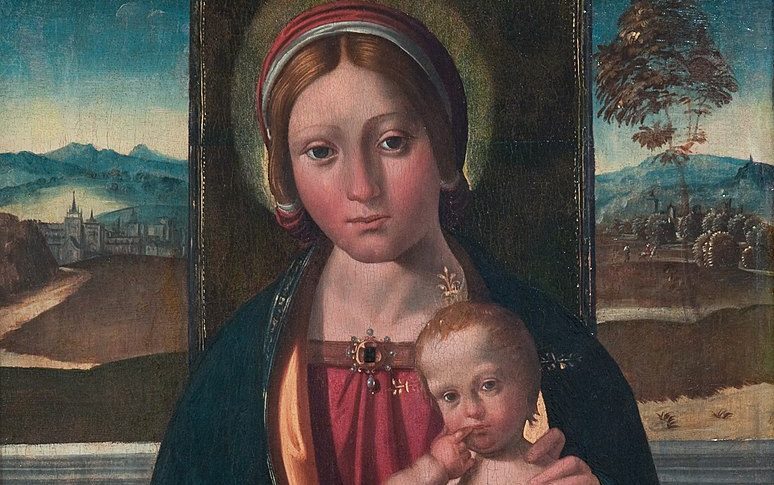Two million people visit Bethlehem every year. Almost all arrive as pilgrims. They stand in long lines to pause briefly before the site where Mary and Joseph took shelter. There’s time for a quick prayer before the monk-custodian moves you along.
I felt exhilarated as my family moved toward the site. I strained to hear every whispered word of the guides.
Amid my reveries, however, my eyes were drawn to a more familiar sight: my 13-year-old daughter, Hannah. She looked restless.
The devotion of an older generation can seem alien to a teen. Hannah knew the Bible stories, but not in the way I knew them. I could see that the guides who enthralled me bored her. And she seemed unimpressed by the reward at the end: a few seconds to strain forward to kiss a historic rock.
Our group was large, hundreds of people, but Hannah and I were among the first to queue up, so we soon found ourselves standing in the crypt — the cave where Mary gave birth to Jesus.
We prayed and bent low to kiss the silver star that marks the spot.
As we emerged, we could see the line from our group. It stretched the length of the basilica and out the doors in back. I told Hannah it could be an hour’s wait till all our people made it through. She sighed, and I prayed the usual parental prayer for wisdom.
Then came the godsend.
One of the locals working with our group asked if we would like to visit an orphanage.
Hannah nodded vigorously.
It was a quick walk, and we had no trouble keeping pace with our guide.
Inside, Hannah was giddy to be around children. She couldn’t understand the reason such a place was necessary — the bombs, the battles, and the primitive medical care that had left so many children without the care of parents.
The little ones smiled as they saw Hannah and closed in for her company. She was a giant among the toddlers, yet she was not a grownup. Her age accommodated her perfectly to their care. The staff led her to a chair and asked if she would like to hold babies. She gave an eager yes. The third of six children, Hannah had a long experience with babies.
When a nurse handed her the first bundle, she cradled the tiny boy in her arms and leaned her face down toward his. Her voice rose an octave as she lavished endearments on him.
A caretaker came to cycle that baby out and replace him with another. Hannah beamed.
And then it hit me. As I watched Hannah, I thought of another teen girl. She, too, had come to this town from far away. She had to wait in line and deal with crowds. First-century Bethlehem was not designed to handle a census.
Yet that young woman found fulfillment there — in a baby placed in her arms. Everyone who saw her remembered her radiance; and after 2,000 years we still remember it.
Looking at Hannah as she looked at those babies, I could understand why.

